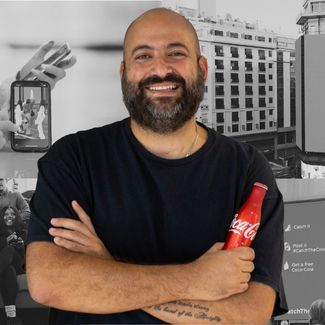
CMO Spotlight
How Islam ElDessouky Keeps Coca-Cola's Marketing Popping
The global VP of creative strategy and content has been leaning into AI and OOH to engage Gen Z consumers with the soft-drinks giant
01 May 2024
How do you maintain the fizz within the marketing of the most iconic and recognisable soft drink brand in the world? Step up Coca-Cola's Islam ElDessouky. The global vice president of creative strategy and content has been pushing for refreshing approaches to Coca-Cola’s comms for almost 18 years. Together, with WPP’s Open X network, ElDessouky has been a leading member of a marketing team that continues to ensure that Coca-Cola remains at the forefront of consumers' minds.
From Sprite and Fanta to World Cup ads, the marketer has worked across a plethora of Coca-Cola brands and campaigns since he first joined in 2006. Working under EVP and global chief marketing officer Manuel “Manolo” Arroyo, over the years, ElDessouky has held group brand manager titles before rising to global creative strategy roles. Not only this, but he is also the chair of the World Federation of Advertisers (WFA) for the Middle East & North Africa (MENA), of which he strives to give marketers “a stronger voice” in the region. At Cannes Lions 2024, he will also sit on the jury for the Creative Effectiveness Lions.
Most recently, however, for Coca-Cola he has been pushing for engagement with Gen Z audiences - and perhaps not as you would expect. Through the ‘Real Magic’ platform, ElDessouky has helped launch innovative out-of-home creative executions 'Playable billboard’ and ‘Magic Catch’, a unique audio artificial intelligence (AI) campaign entitled ‘Coke Soundz’ and a provocative environmental campaign called ‘Recycle Me’.
We caught up with the marketer to uncover the intentions and successes of Coca-Cola’s latest marketing outputs.
Appealing to Gen Z through OOH
It’s easy to forget about the power of out of home (OOH), especially with the growing adoption of AI and the assumption that younger generations are obsessed with screens. But despite Coca-Cola being a 138-year-old brand with a history of traditional approaches, the company and ElDessouky recognise that the new generation “expects to be part of things.” He continues: “They expect a value exchange, to have a say, and to feel listened to.”
Both ‘Playable Billboard’ and ‘Magic Catch’ intend to scratch that exact itch. The former activation, led by Grey through Open X, launched in Times Square and invited passers-by to connect with each other through a retro video game that was live-streamed on a huge OOH screen.
‘Magic Catch’, developed by Ogilvy and launched across Europe, also brought people together by challenging them to catch the Coca-Cola can on their phones.
The two campaigns stemmed from the belief that traditional advertising methods are no longer sufficient enough to satisfy consumers and their desire for real connections. While ElDessouky believes that digital and TV will always exist as the top media investments, he also attests that Coca-Cola’s third largest media form, OOH, presents an opportunity for people to engage with Coca-Cola and connect through the “countless moments” where the brand can intersect.
“OOH advertising needs tender-loving-care as a medium and it requires significant improvement due to its vast potential reach, especially as people spend more time commuting and attending in-person events. It’s become somewhat overlooked, yet it's gaining importance due to increased commuting and post-Covid activities. So, we decided to pilot a few initiatives. We had to leverage Gen Z trends and behaviours given their immersion in technology.”
ElDessouky’s team sent an open brief to WPP Open X, seeking to re-enact a ‘Pimp My Ride’ to the brand’s OOH campaigns. “With the ‘Playable Billboard’, we tapped into an insight prevalent in cities like New York: amidst the fast-paced lifestyle, genuine connections often become scarce. So, we chose bustling areas to invite strangers to interact. People queued up to participate, laughing and leaving feeling uplifted - showcasing our commitment to authentic, uplifting experiences.”
On the other hand, 'Magic Catch' was inspired by a common behaviour of people taking photos with monuments and interacting playfully with them.
“As an Egyptian, I've witnessed first-hand at the pyramids visitors posing as if they're holding the structure. We decided to add an incentive by offering a refreshing Coca-Cola to those who successfully catch it. Due to the enthusiasm that was created, it naturally built brand love and association.”
For the marketer, ‘Magic Catch’ was an example of adding value and connection for consumers by incorporating smart experiences into everyday moments.
On the tangible success of these OOH executions, Eldessouky says that the campaigns evoked considerable engagement on various social media platforms while providing valuable consumer insights. “With ‘Magic Catch’ we saw qualitative feedback when it initially launched in Milan. Italian friends reached out to me on WhatsApp sharing their failed attempts to catch the Coke, which indicated resonance and engagement.” He adds that across the volume and sentiment of campaign mentions, the OOH iterations proved positive, “indicating a favourable response”.
Eldessouky continues to discuss the metrics involved in determining campaign performance: “We delve into extensive research, such as the marketing media mix model, to understand the impact of different media on brand associations, love, transactions, etc. If we observe that OOH advertising, for instance, is significantly driving associations, then it validates the effectiveness of our efforts in that medium.
“Ultimately, the golden standard is when specific media efforts and activities on those channels are seen to drive associations further in the marketing mix model.”
Using AI and Coca-Cola sounds to uplift people
On the other end of the marketing spectrum, Eldessouky and his team have also worked to leverage the sonic sounds that surround Coca-Cola - the ‘phsts’, ‘fizzes’ and ‘clinks’ - to uplift and relax individuals. Tapping into the neuroscience behind binaural notes, the brand and AKQA (through Open X) used AI to create the world’s first ‘Coke SoundZ’ instrument.
A team of producers and scientists recorded Coca-Cola’s unique sounds to ascertain ‘optimistic’ frequencies and use AI to analyse the waveforms. The result is a diverse selection of uplifting melodies for fans to choose from on an AI-powered app where people can compose their own soundtracks. A physical version of the instrument, likened to the shape of Coca-Cola's contour glass bottle shape, is also being used in the studios of selected global influential music producers, DJ’s and social creators to mix their own distinctive tracks.
“While it initially seemed like a challenge fit for Nobel Prize tech winners due to its complexity, our AI team proposed a brilliant solution, bringing this vision to life by collaborating with creators who excel in sound and music. The results have been incredibly rewarding. In essence, it's about using a bit of science to uplift individuals, leveraging our brand's sounds as prompts.”
Coca-Cola's message of recycling
As well as AI and OOH, Eldessouky and Coca-Cola are also striving to inspire people to make recycling part of their daily Coca-Cola experience. Launching initially in Latin America, ‘Recycle Me’ saw the brand unveil a series of powerful OOH creatives that depict the famous logo after a can has been crushed during the recycling process.
According to Eldessouky, the initiative was a pilot that intended to draw attention to the topic and demonstrate the company’s seriousness and commitment to the issue within the larger ‘Reborn’ platform and program it has, which focuses on creating a world without waste.
He adds: “This program includes clear actions, measurements, tools, and numerous initiatives that the company has been undertaking for years. ‘Recycle Me’ was just a means to quickly grab attention using our own assets to emphasise our commitment to recycling. It was a symbolic gesture to encourage people to join the cause.”
“This particular pilot we conducted involved a couple of out-of-home initiatives to gauge traction. We received significant attention to the concept, which has helped us open up the conversation. But, to be honest, this initiative is just scratching the surface and was primarily about testing responsiveness, and people did respond positively. The real conversation involves much deeper actions and initiatives. Now, we aim to transition this conversation into the broader narrative that encompasses our larger sustainability efforts.”
Working with WPP Open X
Eldessouky credits WPP Open X with contributing a “significant improvement” in the company’s creative output. For him, the beauty of the open-source agency network is how it combines constructs and allows the brand to collaborate with the best talent and capabilities.
“Culturally, adopting open-source methods was challenging initially, given our organisations' long histories. However, we both decided that we had to modernise our collaboration. It took some time to adjust, but the volume of work has increased, indicating the success of our collaborative ecosystem between Coca-Cola and WPP.”
With regards to pitching, Eldessouky compares the process to a shark tank. “We call them wildcards, where people pitch their ideas in two minutes. If an idea resonates, it moves forward; if not, it needs more refinement.”
For Coca-Cola’s latest campaigns, the Open X setup worked perfectly for Eldessouky. “While we still need traditional elements like TV commercials and digital campaigns due to our mainstream brand, specific briefs, like out-of-home advertising or enhancing sonic associations, become open-source opportunities for innovative ideas.”
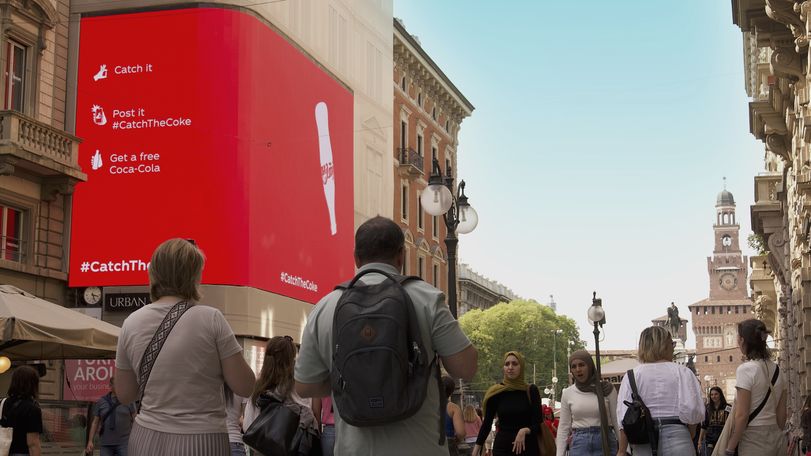
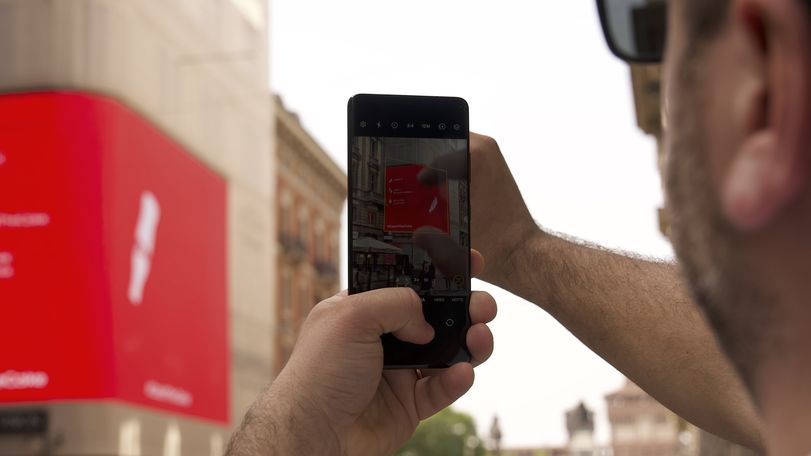

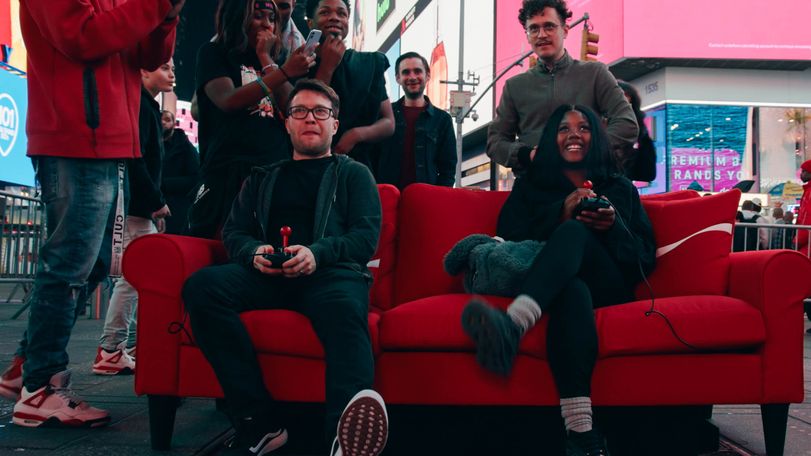
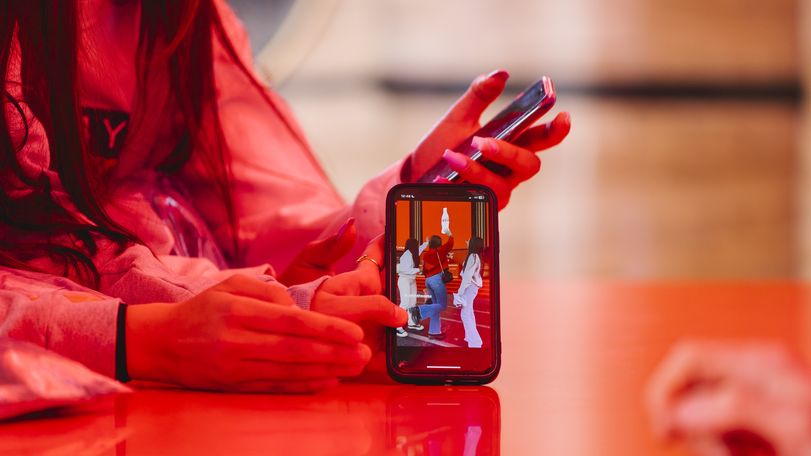
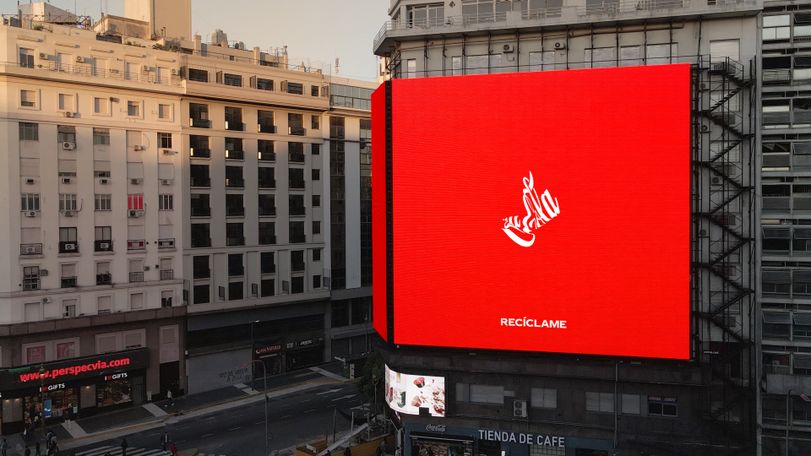





![KV_Condensation_CZS_Can_MASTER_HORIZONTAL-01[26]](https://img2.storyblok.com/84x84/f/102932/1920x1080/ad09bd63b9/kv_condensation_czs_can_master_horizontal-01-26.jpg)
